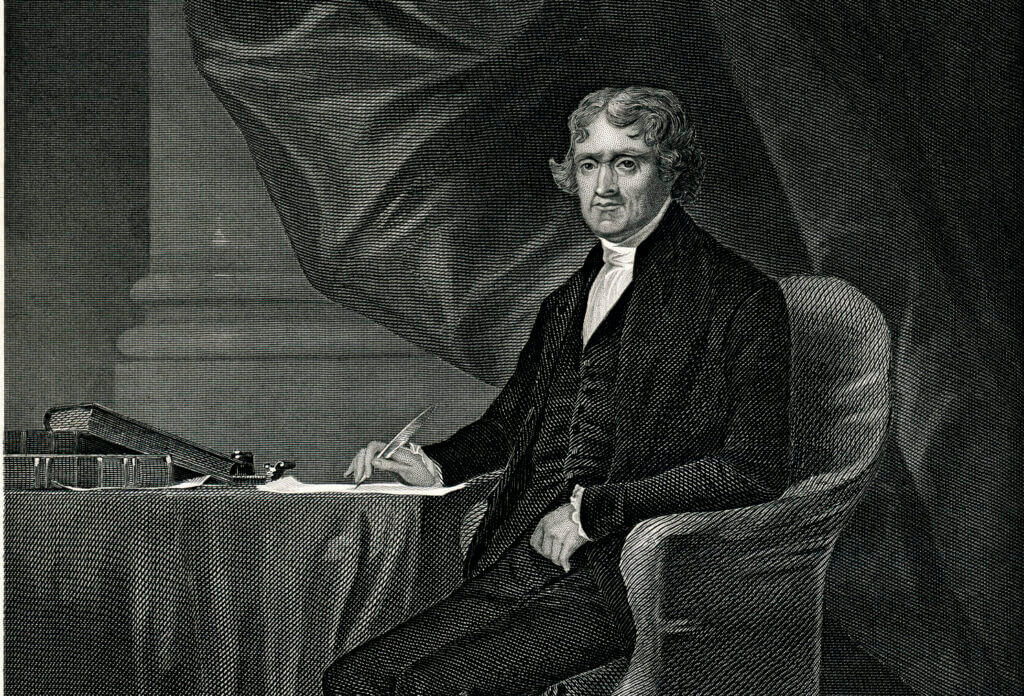Thomas Jefferson’s diet was adventurous. He created fusions of French and Southern food traditions and imported 700 bottles of European wine. Jefferson’s commitment to food really stood out in 18th-century America.
Italian Rice “Espionage”
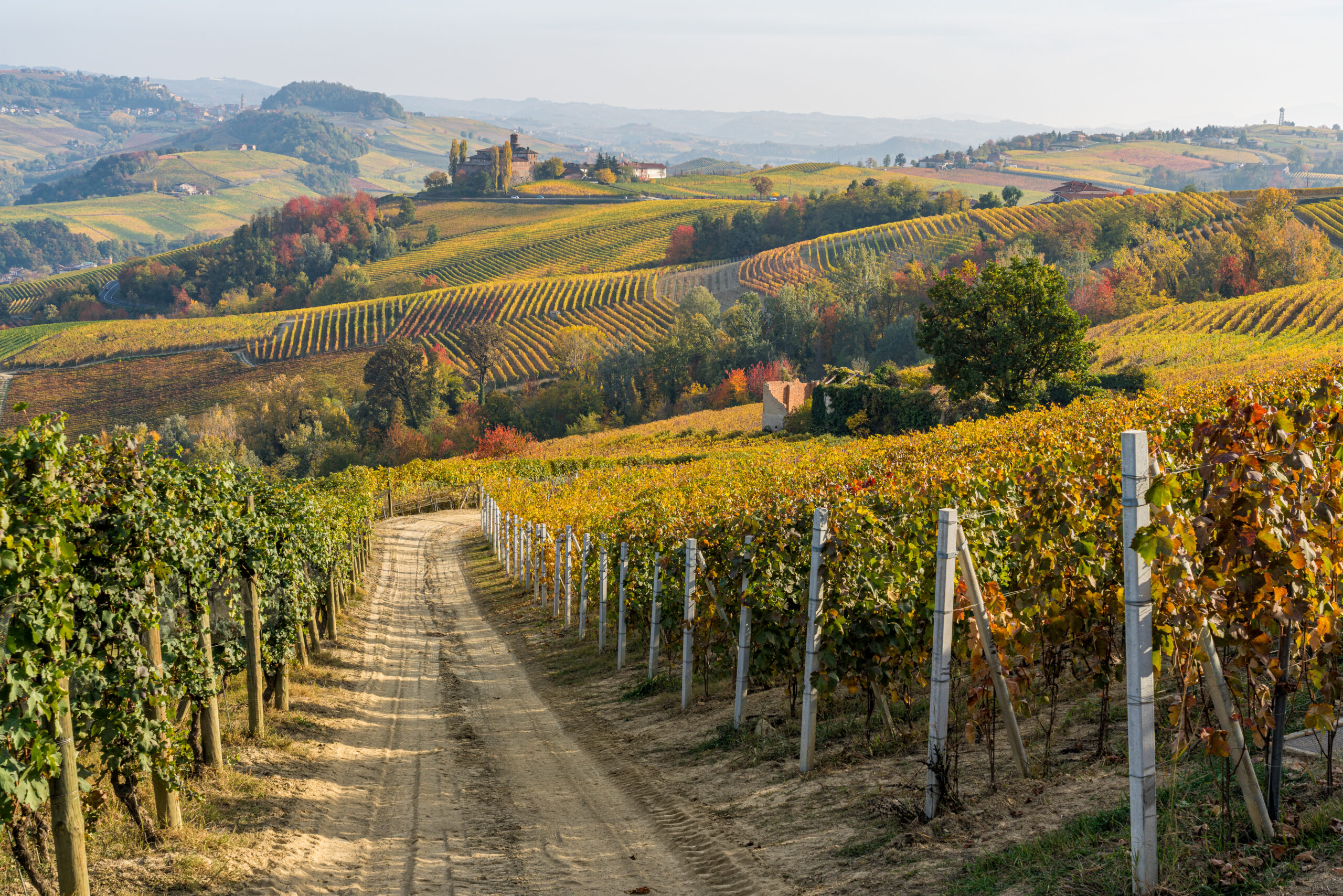
In the late 18th century, Jefferson lived in Paris as the American Minister to France. When he wasn’t attending functions of state, Jefferson studied French agriculture and cooking.
While frequenting Parisian food markets, Jefferson noticed that Italian Piedmont rice appeared to outsell American rice varieties. While in Italy, Jefferson filled his pockets with it.
Rather than asking for permission, Jefferson committed an act of low-grade international espionage. He attempted to get larger quantities shipped to plantations Stateside — without Italian approval.
Jefferson, the Wine Expert
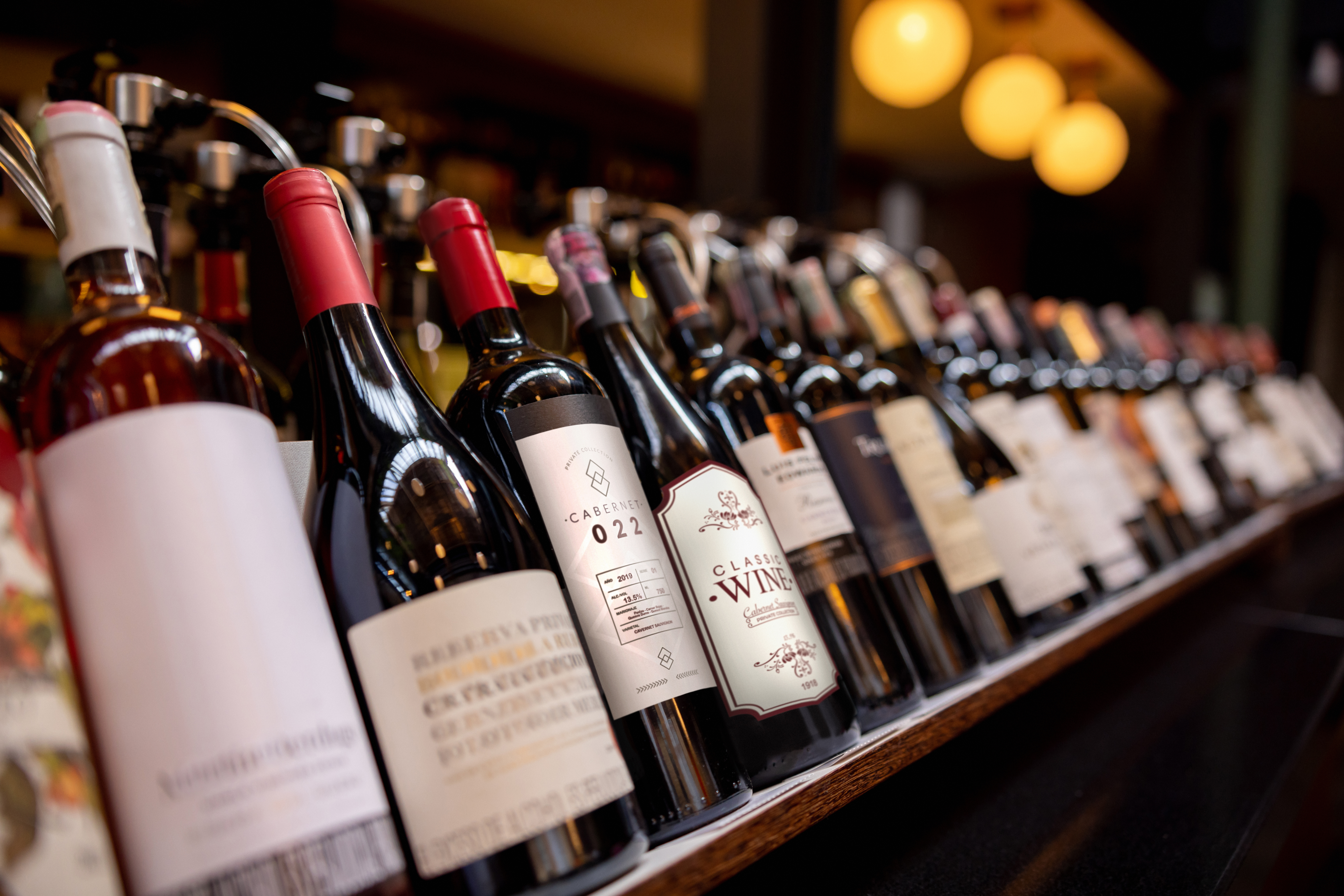
Rice wasn’t the only part of Thomas Jefferson’s diet. While in France, he also developed quite the interest in — and knowledge of — wines and winemaking.
His cellars at Monticello, his Virginia home, stayed stocked with wines from all over the West. The historical record is filled with his thoughts on wines.
Jefferson had such a well-respected wine palate that he even advised other presidents. He apparently gave presidents Washington and Madison, among others, advice on matters of vino.
“Maccaroni”
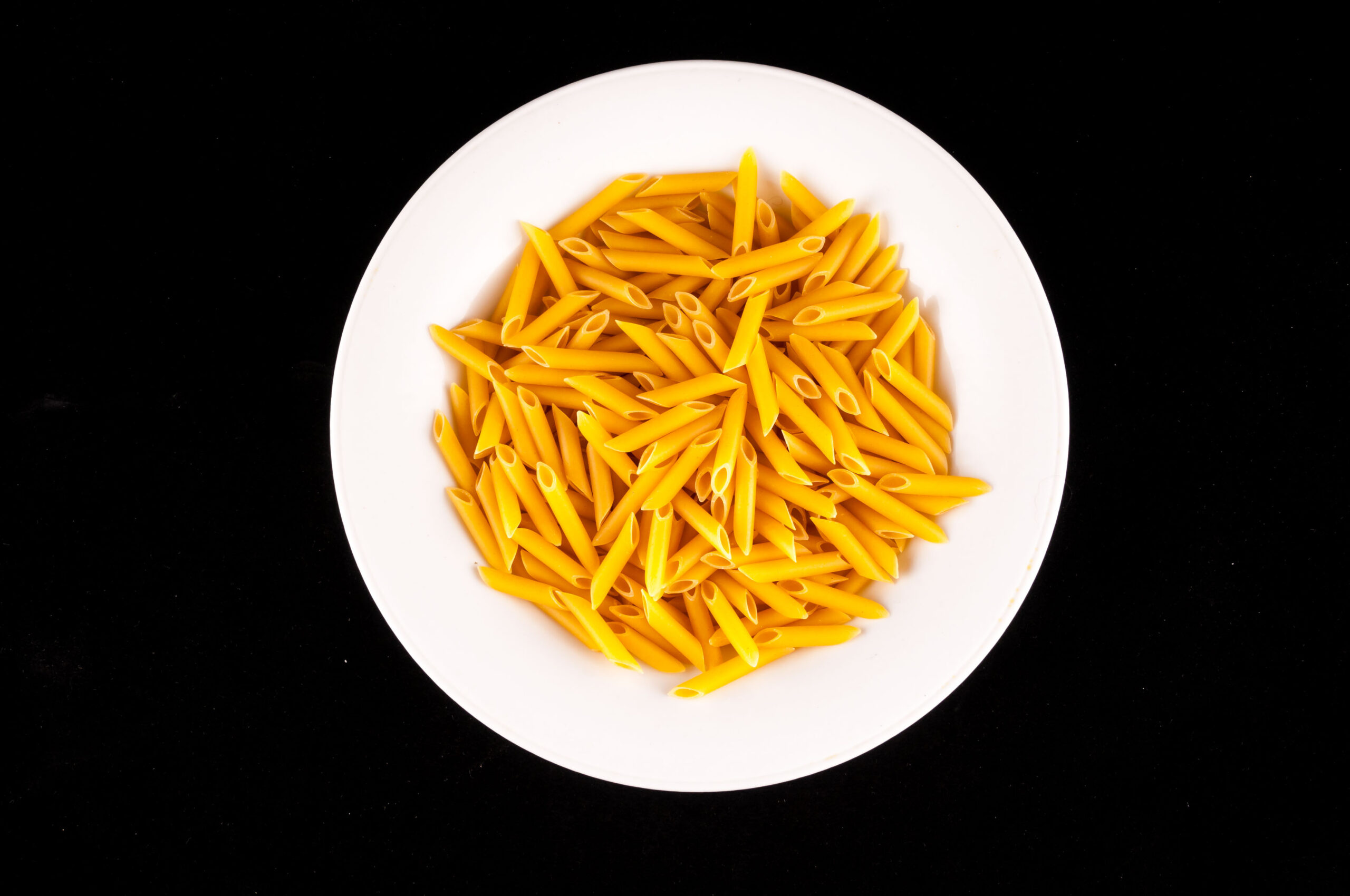
While traveling in Northern Italy, Jefferson developed a love for what was then called “maccaroni” noodles. One might simply refer to it as “pasta” in modern terms.
Jefferson liked the noodles so much he acquired what might have been the first-ever pasta maker on American soil. There was lots of mac and cheese.
A thrower of lavish dinner parties, Jefferson entertained his guests with mountains of macaroni and cheese, courtesy of his custom pasta maker.
He Loved Veggies

Though not strictly vegetarian by modern standards, Thomas Jefferson’s diet stands out as unique for its time. The folks around him certainly took notice of it.
His granddaughter, Ellen Wayles Randolph Coolidge, once wrote: “He lived principally on vegetables… The little meat he took seemed merely as a seasoning for his vegetables.”
Jefferson himself wrote: “I have lived temperately, eating little animal food…not as an aliment so much as a condiment for the vegetables…”
James Hemings
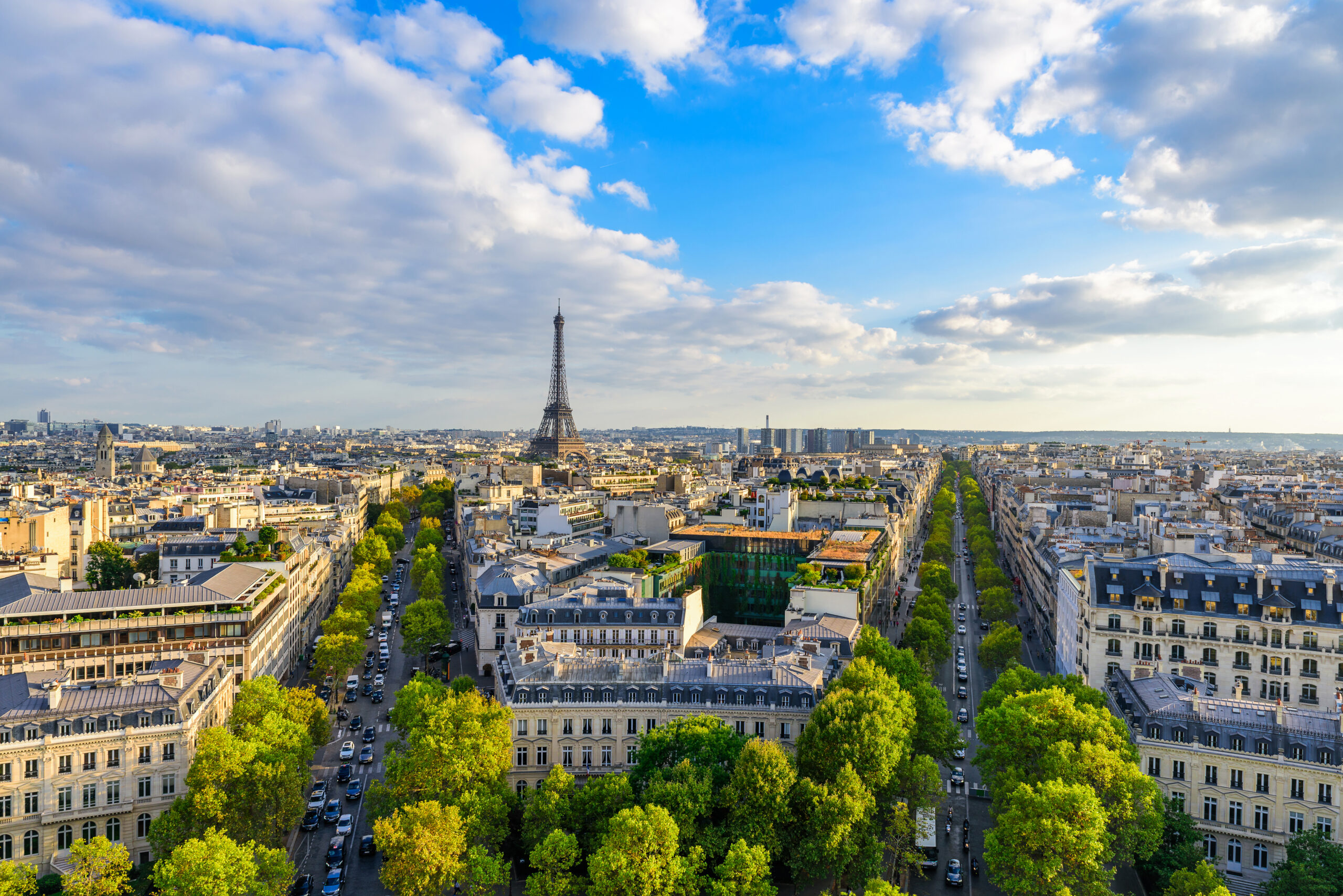
Enslaved folks served as the primary cooks for several early American presidents. Thomas Jefferson, who owned enslaved people at Monticello, was no exception.
Jefferson ordered James Hemings, an enslaved man, to accompany him to Paris. He wanted Hemings to receive schooling in the art of French cooking.
Hemings later negotiated his emancipation, but only if he left his brother behind. He later took his own life. For more information on Hemings and his legacy, visit blackpast.org.
Jefferson’s Wine Shipments

Thomas Jefferson’s diet was refined. He didn’t just have pasta makers and ice cream molds shipped to Monticello. And he didn’t always stuff his pockets with imports.
While in Europe, Jefferson had almost 700 bottles of wine, bottles of olive oil, pots, pans, cheese, anchovies, and mustard sent back to the U.S.
All those imports don’t even come close to the amount of seeds and plant varietals he either brought or had shipped back from his travels.
His Revolutionary Ice Cream Recipe
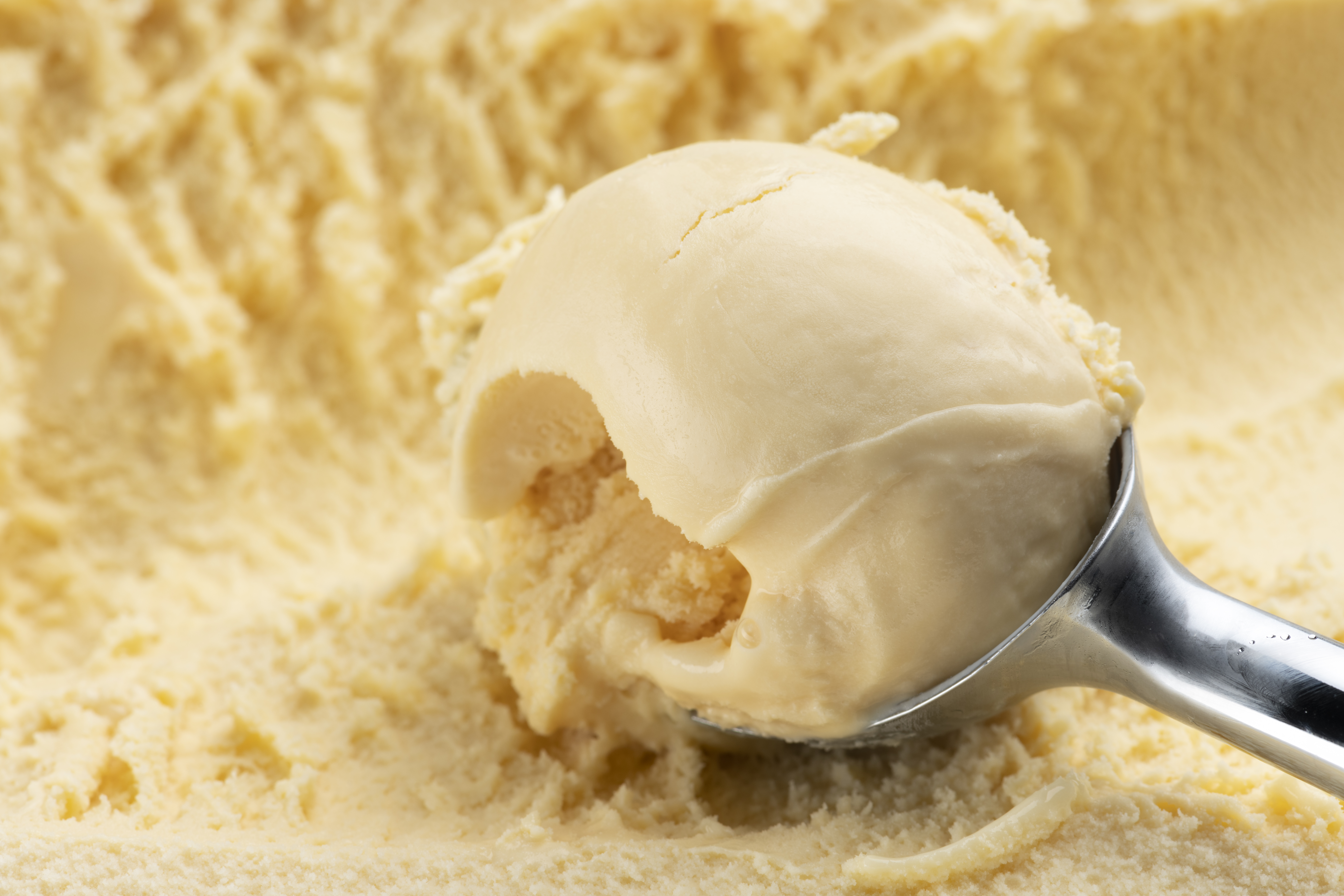
While Thomas Jefferson didn’t invent ice cream, it is that his love of the sweet, creamy dessert combined with his culinary influence helped popularize the after-dinner treat.
Thomas Jefferson’s diet expanded a lot while in France, where he subsequently developed a love of ice cream, along with lots of other foods.
He had two “freising molds” shipped to Monticello. Jefferson’s handwritten recipe for vanilla ice cream is one of the first known recipes recorded by an American.
Jefferson’s “Weird” Dinner Parties
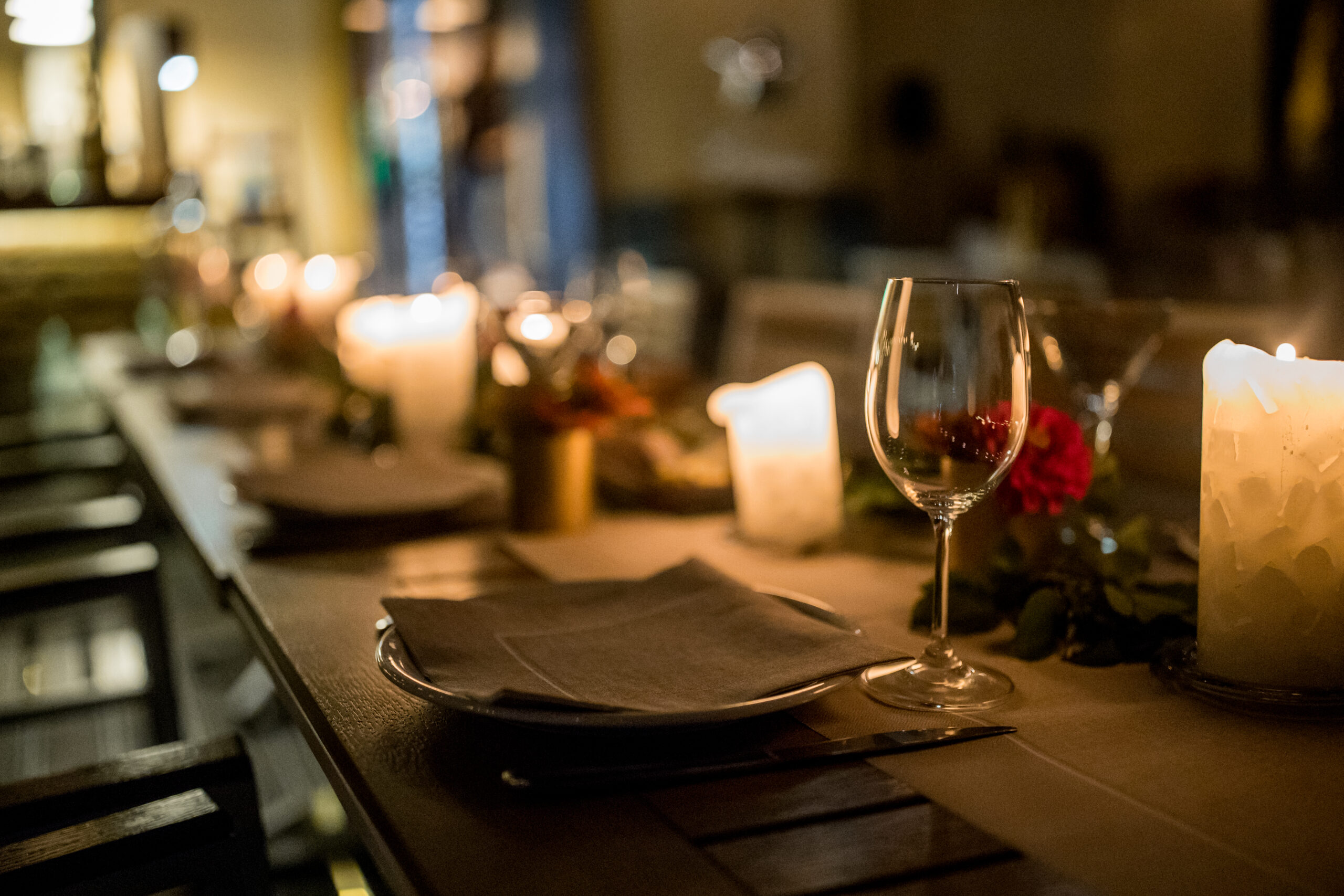
The historical record is rich with reminiscences from Thomas Jefferson’s dinner guests, who were shocked by the informal nature of his dinner parties.
Jefferson often gave his guests “pell-mell” or random seating arrangements. Guests in the period would have been accustomed to dinner seating based on rank.
Guests at a dinner with Jefferson also regularly endured the “inelegance” of serving themselves. He wanted to stop staff and enslaved workers from eavesdropping.
His Garden Was HUGE

Thomas Jefferson’s garden at Monticello became a real laboratory of Western agriculture thanks to his travels. People from around the world sent him seeds to experiment with.
Jefferson grew apples, peaches, peas, peanuts, winter melon, asparagus beans, cauliflower, broccoli, sesame, chickpeas, eggplant, cayenne pepper, lima beans, and rutabaga, just to name a few.
All in all, Jefferson’s 1,000-foot-long terraced garden housed 330 varieties of 89 species of vegetables and herbs and 170 varieties of fruit.
His 200-Year-Old Bottle of Wine
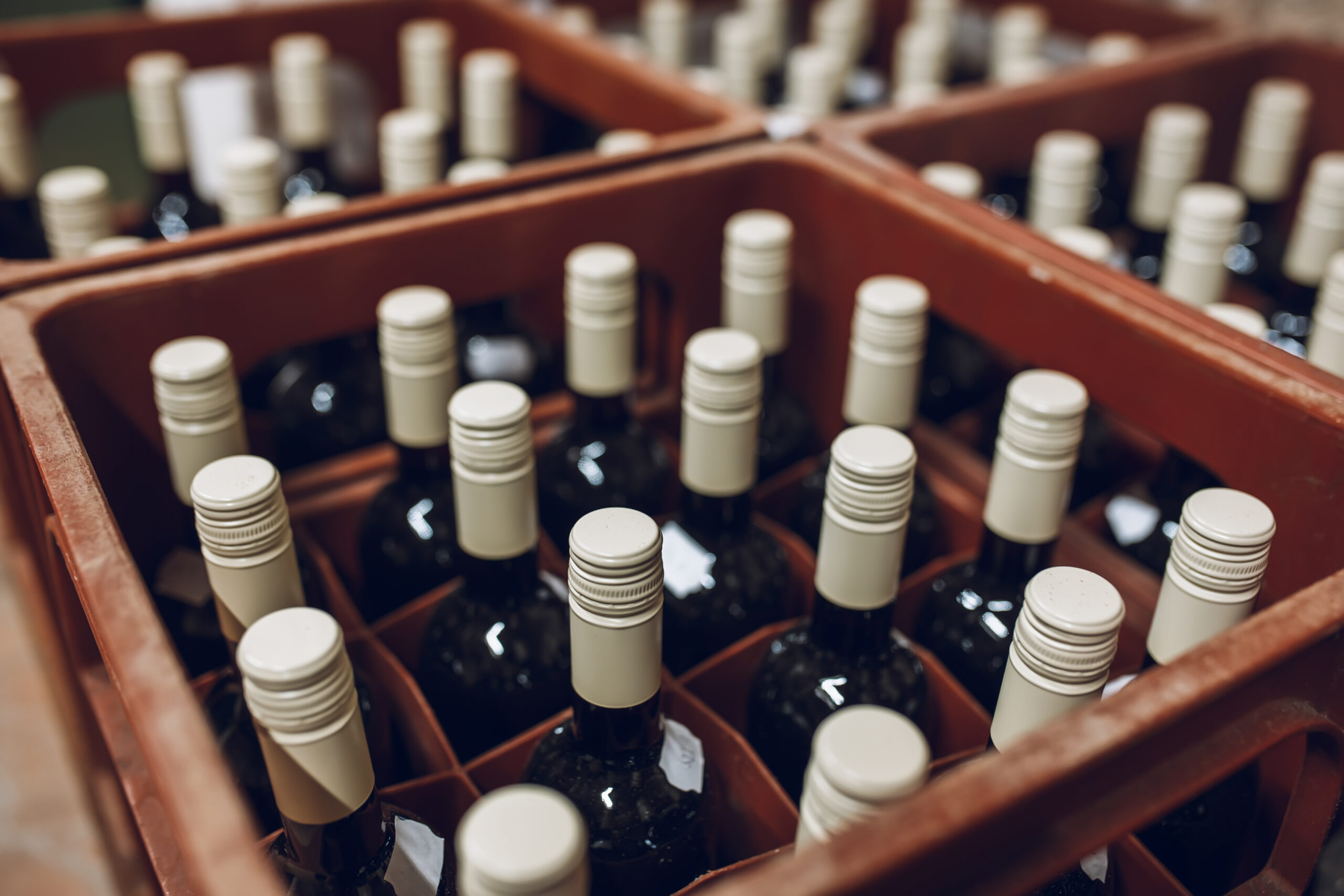
Likely due to the immense size of his collection, Jefferson didn’t finish all the bottles of wine he acquired during his lifetime.
In 1989, a wine merchant displaying a bottle of Jefferson-owned 1787 Chateau Margaux wine broke the bottle when trying to sell it at a Manhattan wine tasting.
The wine, which seller Bill Sokolin hoped to sell for $519,000, bumped against a serving tray and broke. About 80% of the wine got lost in the process.
“Half French, Half Virginian” Food

Late 18th-century France went through a period of immense culinary change, debate, and experimentation. Many of the foods considered quintessentially French developed during this period.
Inspired, Jefferson brought practices and dishes back to the States with him. A French influence permeated his kitchens. But it wasn’t just France that had an influence.
Monticello.org lists “French fries, peanuts, Johnny-cakes, gumbo…” as foods prepared at Monticello and the White House. People described this mashup as “half French, half Virginian.”
The “General Gardening Calendar”
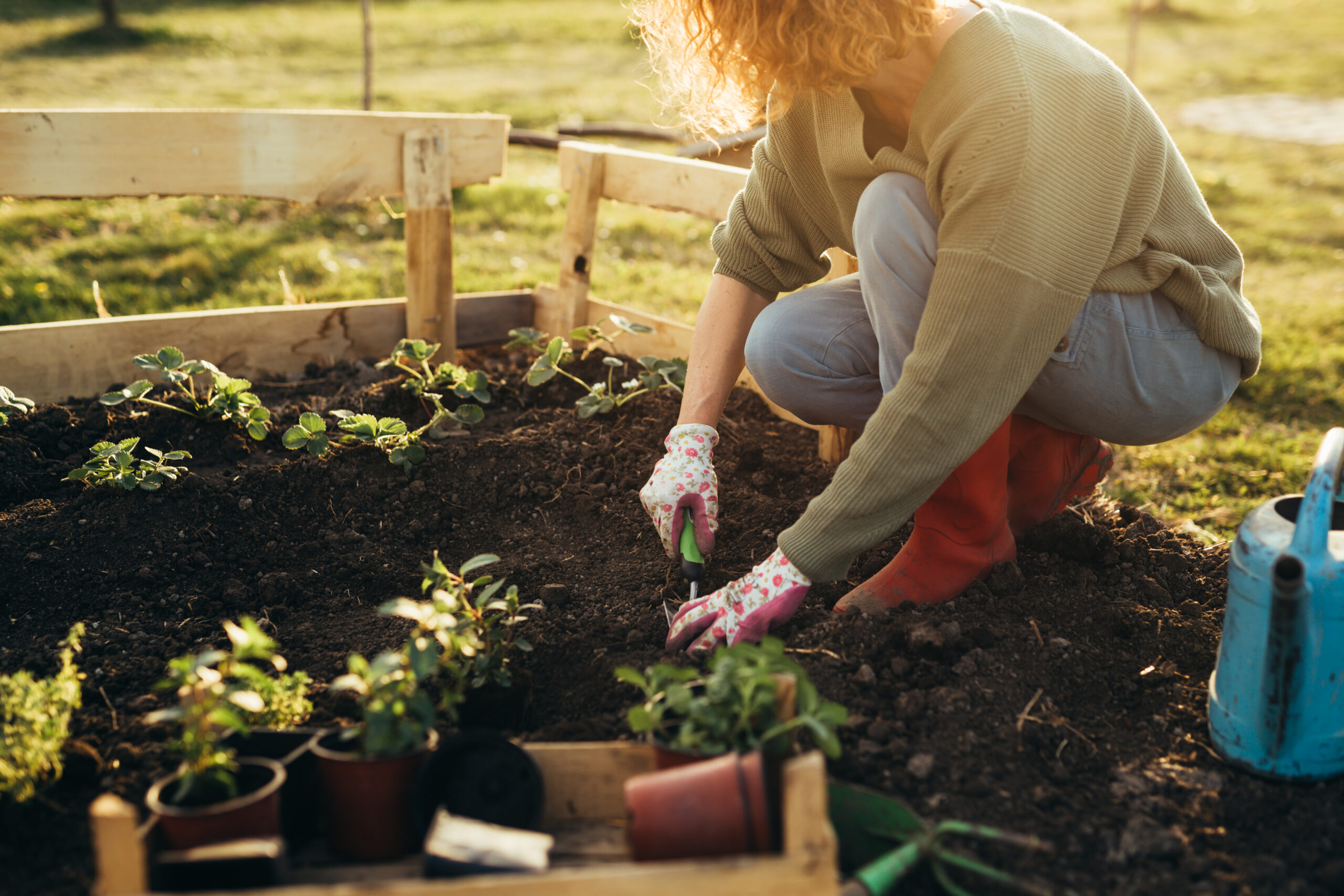
Need to work on your green thumb? Thomas Jefferson had some tips. Apparently, he gave advice on Monday morning planting rituals.
Despite his well-developed and deeply thought-out gardens at Monticello, Jefferson only published a single piece on the matter, “A General Guide To Gardening Calendar,” in 1824.
In it, Jefferson instructs his agricultural readers to plant “thimble spools” of lettuce on Monday mornings from February to September among other bits of wisdom.
The Gardening Contest
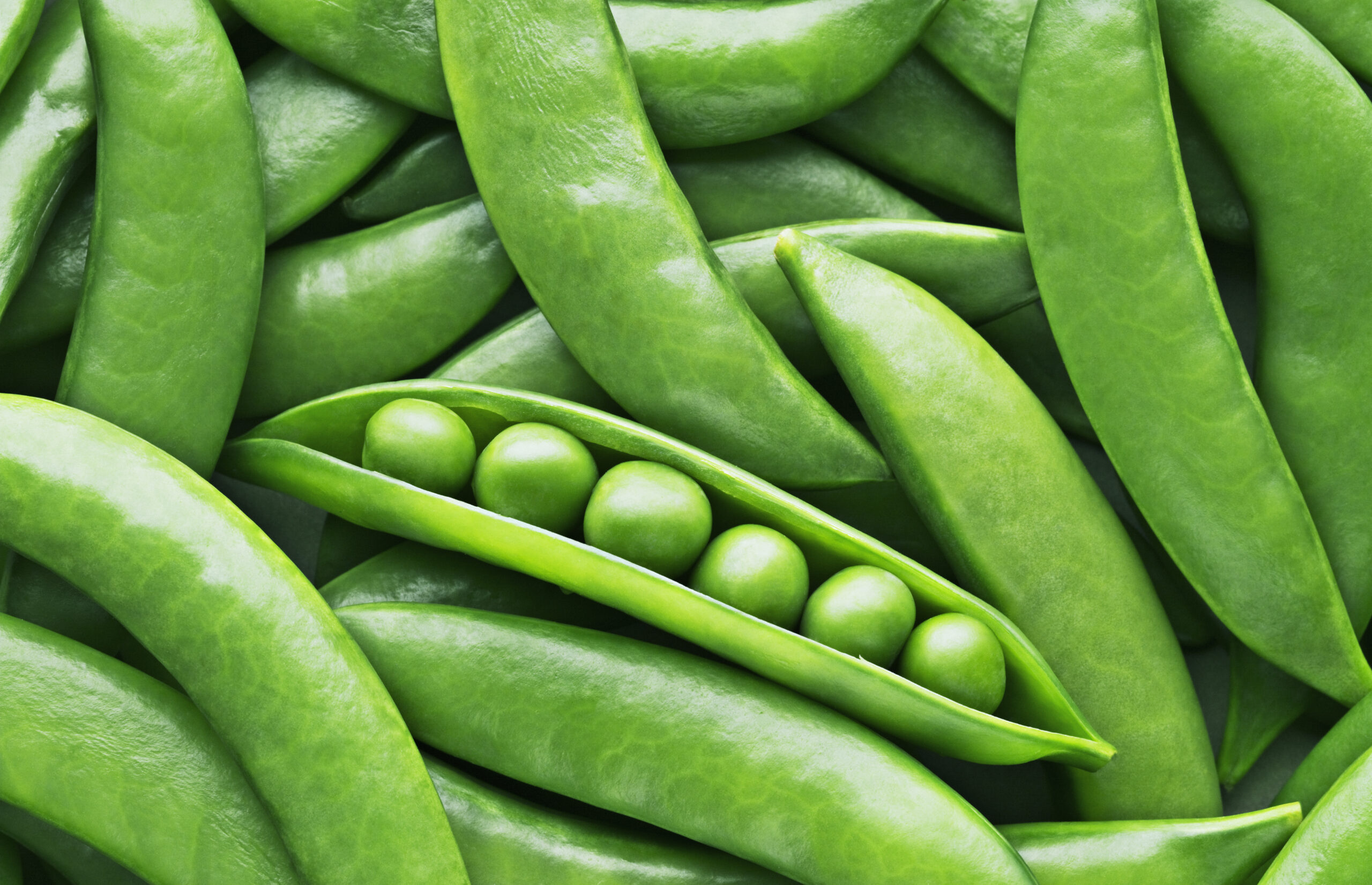
Spoiler alert: it centered on peas. According to The Jefferson Dinner, Thomas Jefferson — despite his exposure to foreign cuisine — loved garden peas the most.
Since Thomas Jefferson’s diet included lots of veggies, this makes sense. As a celebration of the unassuming pea, Jefferson hosted an annual contest with his neighbors.
They competed to see who could grow the most of them the soonest in the growing season. The winner hosted a feast in celebration of their feat.
Jefferson and Modern Organic Farming

He was an agricultural innovator, who now serves as an inspiration for the contemporary sustainable agriculture movement — and for good reason.
He was committed to serving fresh produce at the White House and Monticello. He passed on the seeds he gathered abroad to gardeners in Washington, D.C.
Jefferson even wrote letters about manure’s value, noting, “the greatest service which can be rendered any country is to add [a] useful plant to its culture.”
Michelle Obama’s Tribute

As First Lady, Michelle Obama spearheaded an initiative focused on health, well-being, and reducing childhood obesity. She created the White House Kitchen Garden in 2009.
In fact, she dedicated part of that garden to a former president who might have really appreciated it: Thomas Jefferson. The garden has some of his favorites.
Sam Cass, White House Chef and Coordinator of the White House Food Initiative, filled a corner of the garden with Marseilles figs, alongside various lettuce and spinach varieties.
Did Thomas Jefferson’s Diet Include Tomatoes?

Since he loved gardens so much, it’s pretty much a given that he also loved tomatoes. Now, they weren’t his favorite, but he still liked them!
There’s evidence that he started growing tomatoes in the 18th century, and kept detailed records of their growth, alongside other fruits and veggies.
While this might not seem like anything special, he was one of the only people among his peers to eat tomatoes. Most saw nightshades as unhealthy.
He Loved Olive Oil
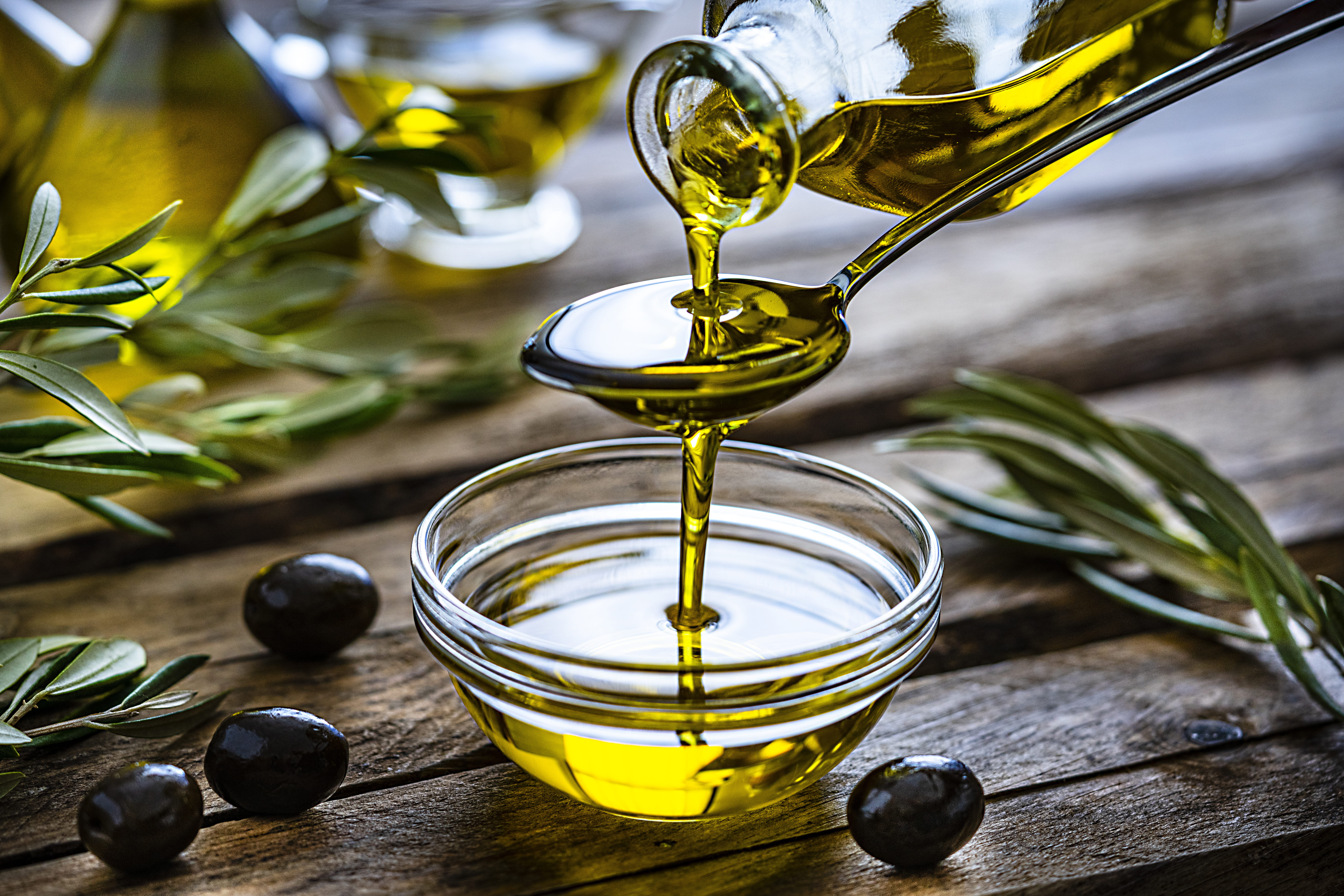
We mentioned earlier that he shipped olive oil to Monticello, but his love for it can’t be understated. He even put it on his salads.
If that sounds familiar, it’s not a coincidence. In fact, if it weren’t for Jefferson, we might not use olive oil in our salad dressings.
He’s apparently the one who brought the olive tree to the US. He wanted to cultivate it among the other crops in the South.
Poultry, Poultry, and More Poultry
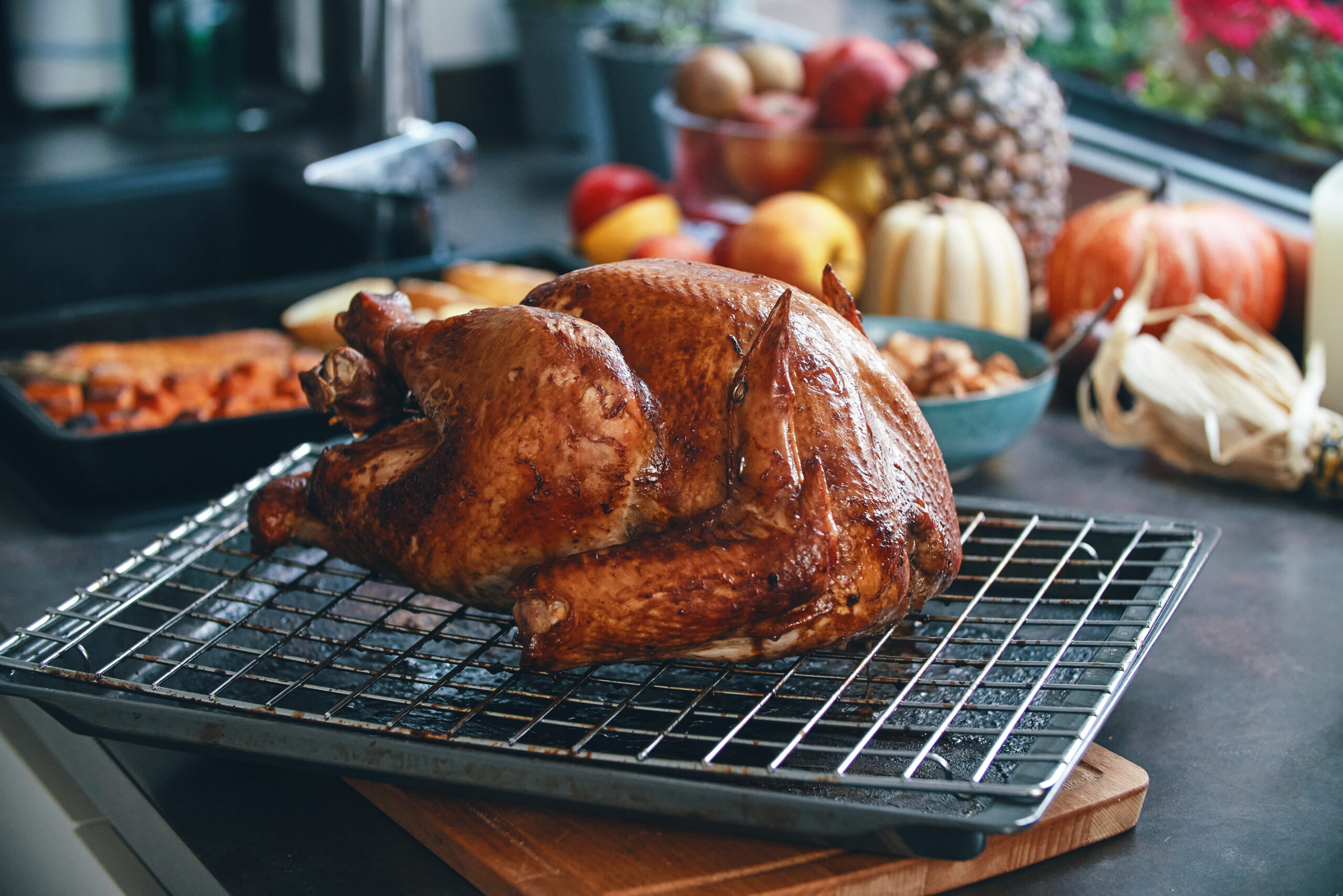
Jefferson was a huge fan of all kinds of poultry. Apparently, he was particularly fond of wild turkey legs, which he ate at least once a week.
While turkey was his favorite, he would sometimes cook smaller birds inside of turkeys. Does this sound like a kind of proto-Turducken to anyone else?
Along with turkey, he also liked chicken, quail, pheasants, and pigeons. That last one might seem especially gross, but eating pigeons wasn’t all that uncommon.
French Fries, No Lies
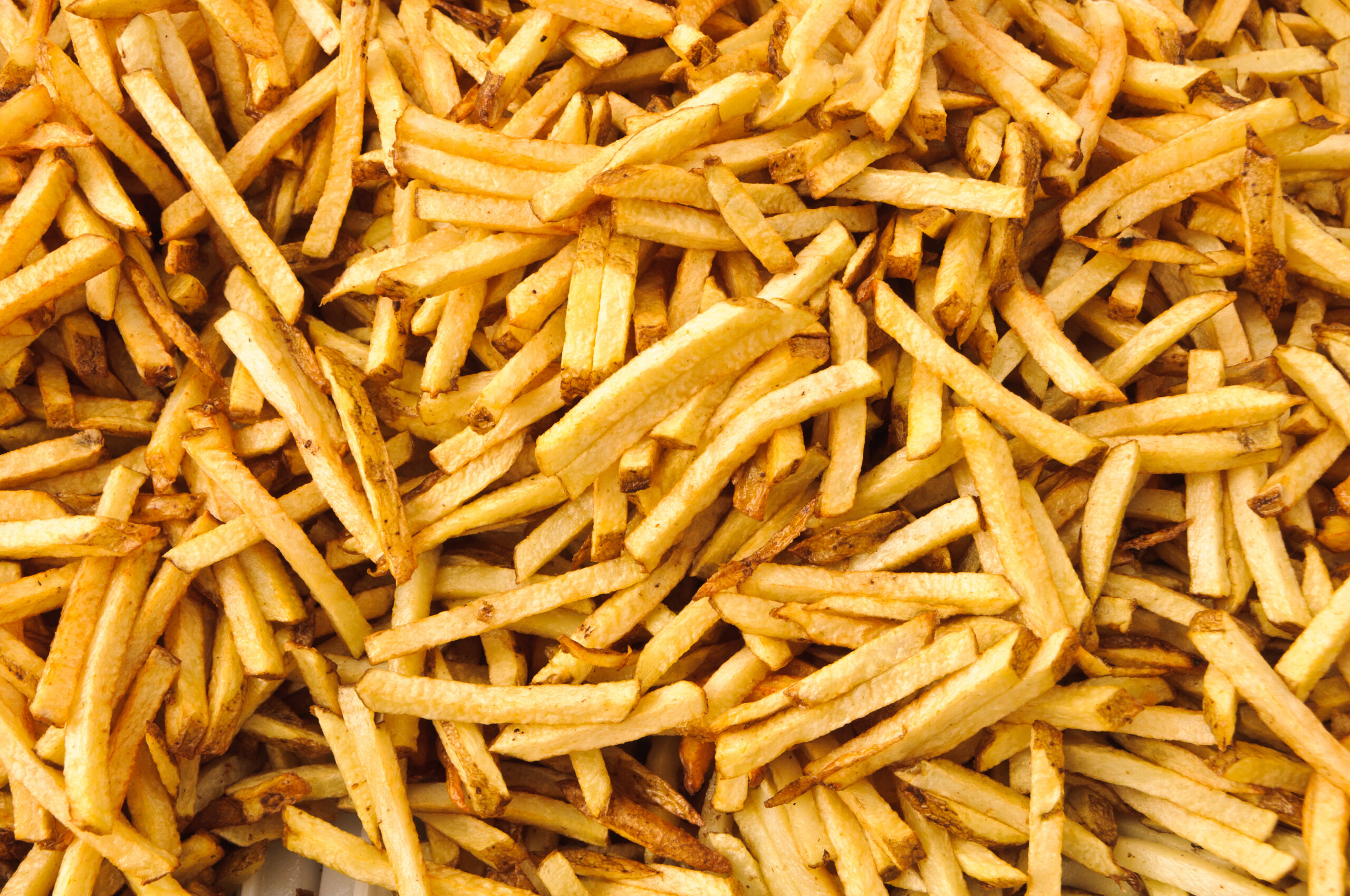
We’re seriously not lying to you. Thomas Jefferson loved French fries. Well, a version of them, anyway. Definitely not the kind you’d get at McDonald’s.
We don’t know if he brought them back to America, but we do know that he ate them while in France. There, they’re referred to as “frites.”
Another fun fact: eating frites with ketchup is a big no-no in France. So, while Jefferson loved his tomatoes, he definitely wouldn’t have made this faux-pas.
Did Thomas Jefferson Have Healthy Habits?
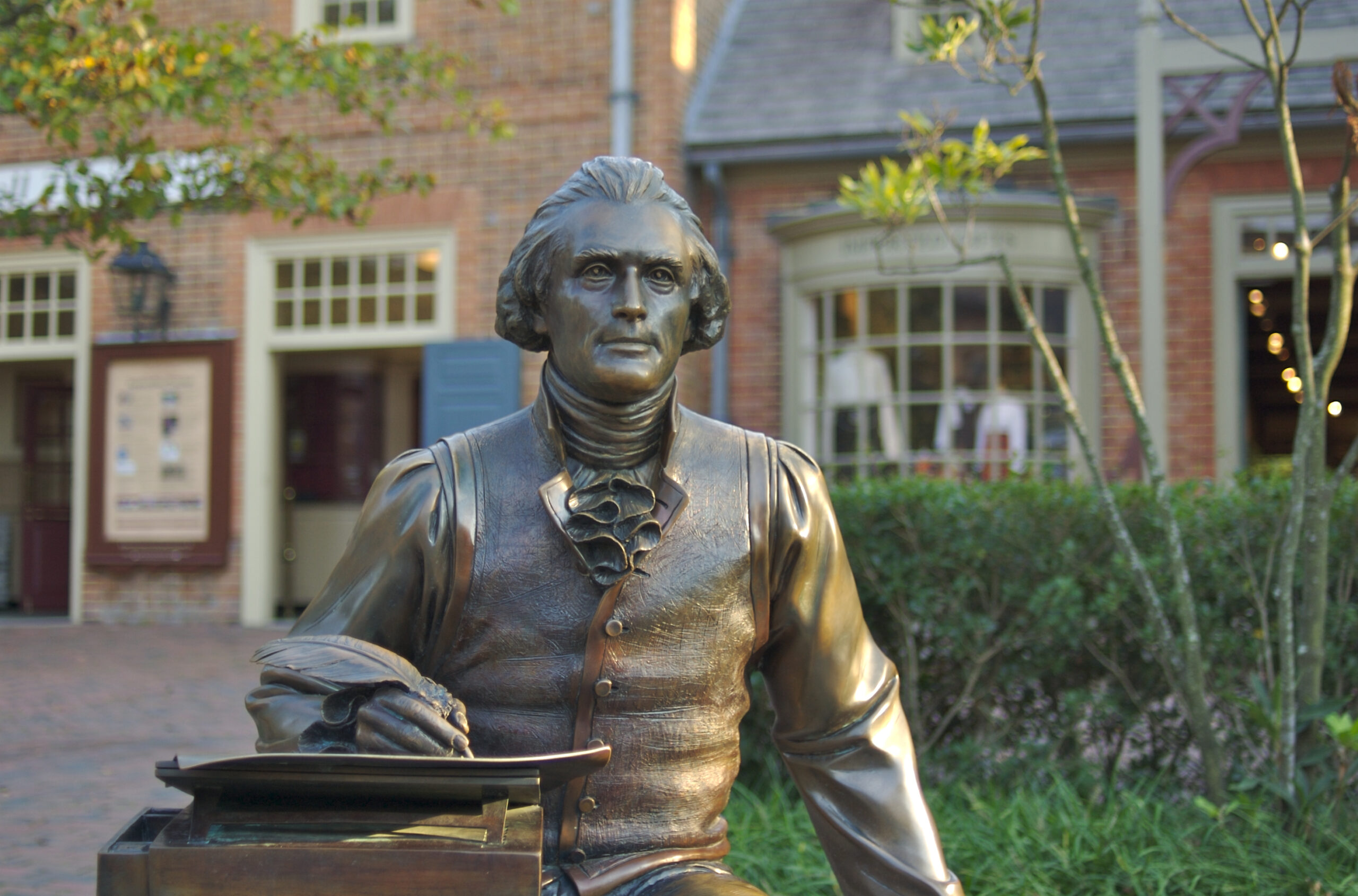
Aside from his refined culinary taste, Jefferson actually did have pretty healthy habits for his time. His diet included high levels of fiber. He also didn’t smoke much.
Jefferson lived a lifestyle that is still considered the ideal. He preferred to exercise for about two hours a day and advised others to do the same.
He also drank three glasses of wine every day which could go either way, depending on who you ask. Even if it’s not healthy, it definitely seems nice.
How Many Meals a Day Did Thomas Jefferson Eat?
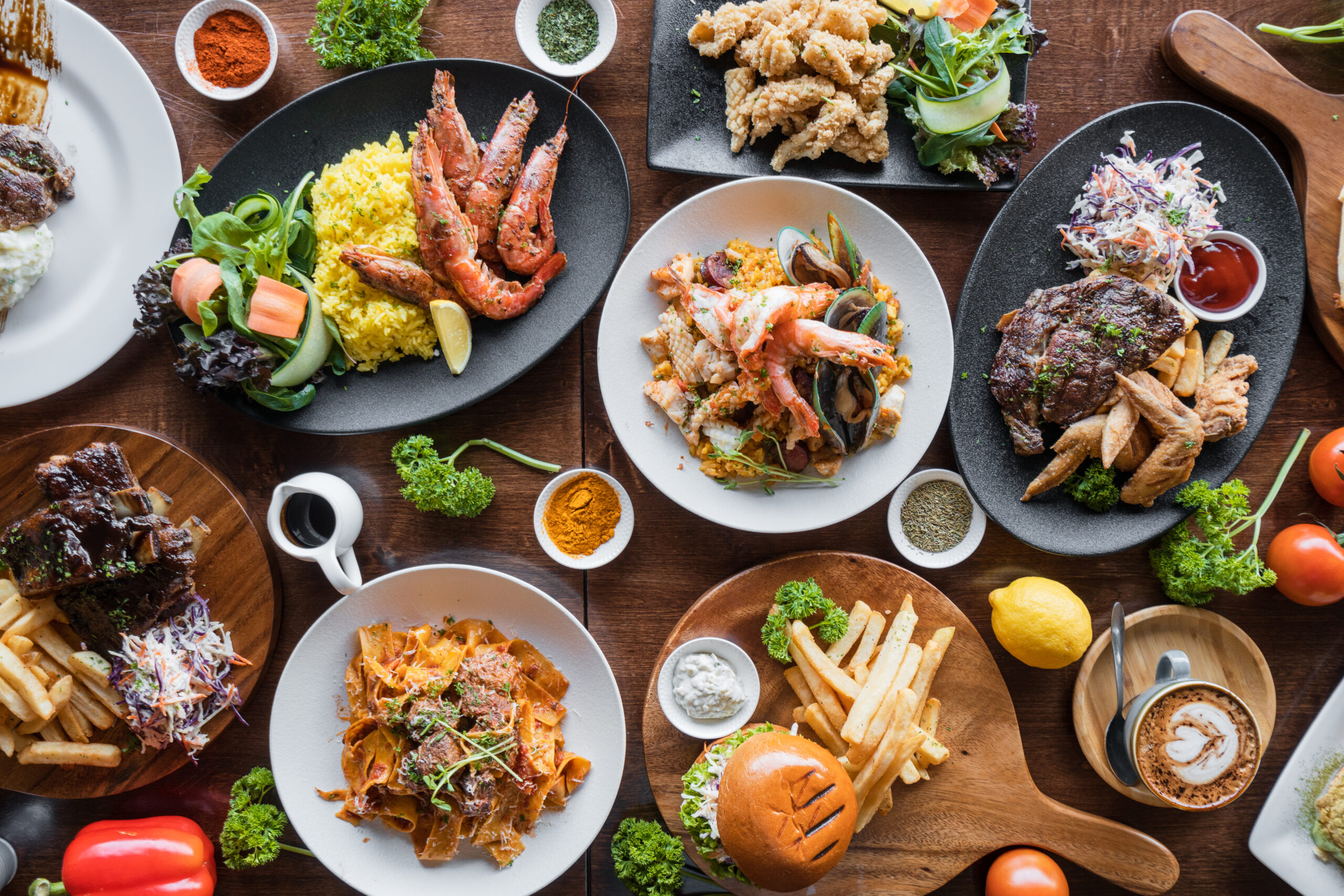
You might think that a Founding Father would be feasting at all hours of the day, but that wasn’t the case. Jefferson only ate two meals a day.
Unlike his other culinary habits, this isn’t unique to Jefferson. In the 18th century, most people stuck to just breakfast and dinner, which was eaten in the afternoon.
It wouldn’t be until a century later that lunch became the daily fixture it is today. It did exist during Jefferson’s time, but it wasn’t widely practiced.
Jefferson’s Salad Dressings
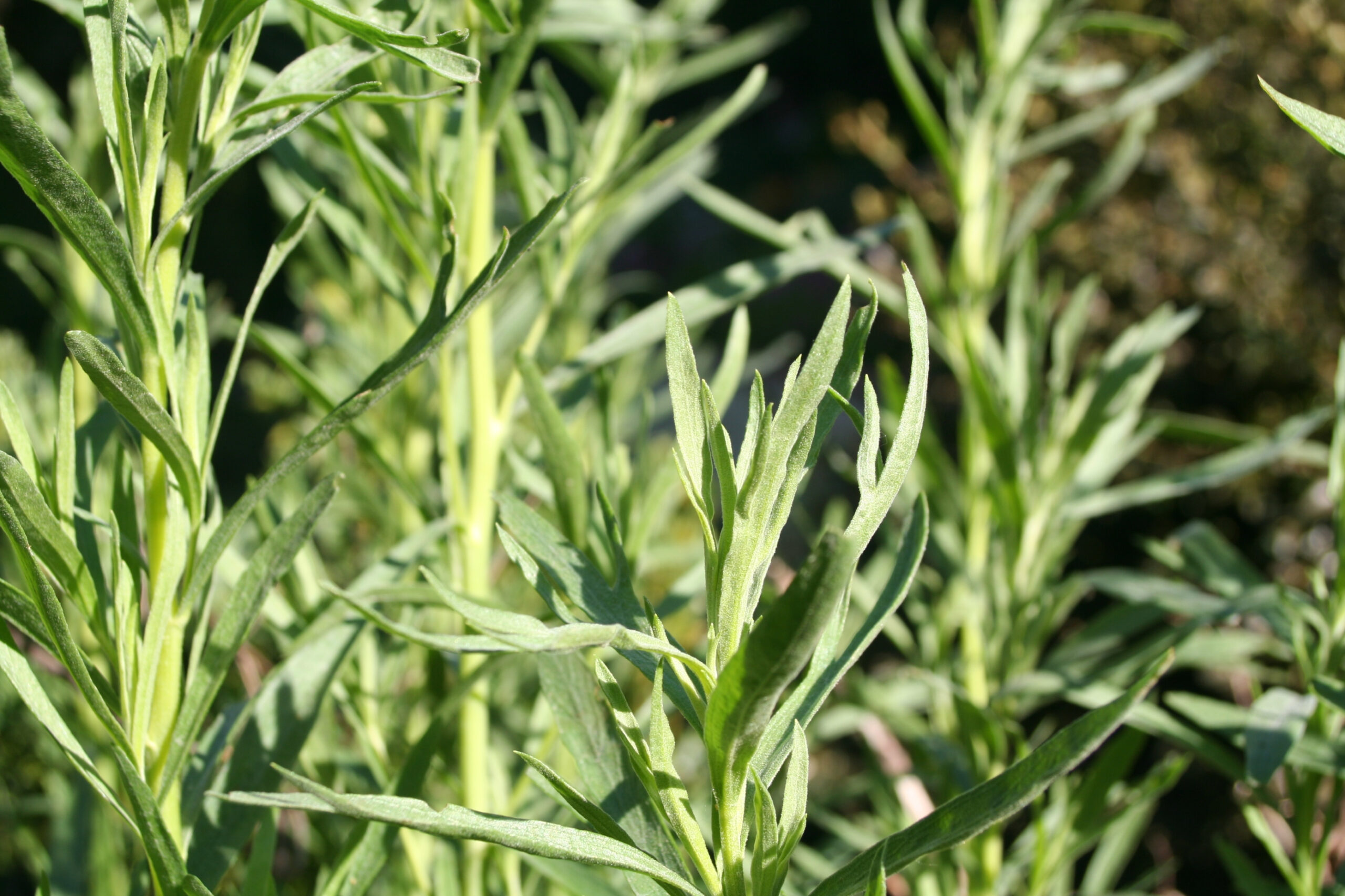
Remember how we talked about Jefferson’s penchant for olive oil? Well, that wasn’t the only thing he put on his salads. He made his own vinegar, too.
After his presidency, Jefferson imported plants to Monticello to make vinegar out of. The main ingredient was tarragon, which tastes and smells similar to licorice.
All you need to make it yourself is white wine vinegar and tarragon. Pretty simple, right? We don’t know if Jefferson made this constantly, but he did try.
Southern Cooking
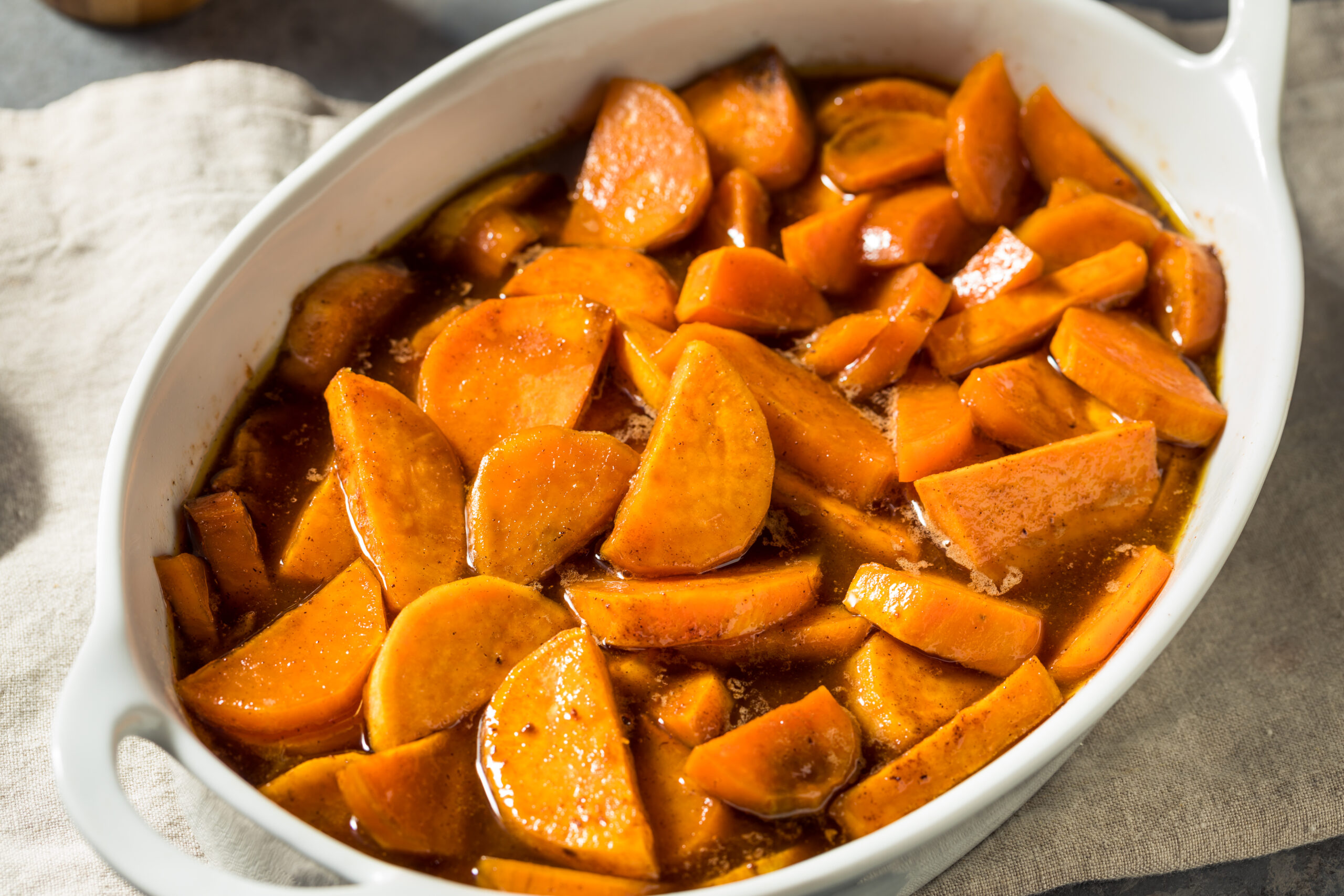
Remember Jefferson’s “half French, half Virginian” cuisine at Monticello? Well, that describes his personal taste in food pretty accurately. What were his favorite Southern foods?
Since we already covered his favorites in French cuisine, it’s only fair that we touch upon his favorite Southern staples. One thing about Jefferson: he loved Southern cooking.
Sweet potatoes were a big one. He was also fond of Virginia ham and Virginia sweet corn, the latter which he brought to Paris.
The Waffle Iron
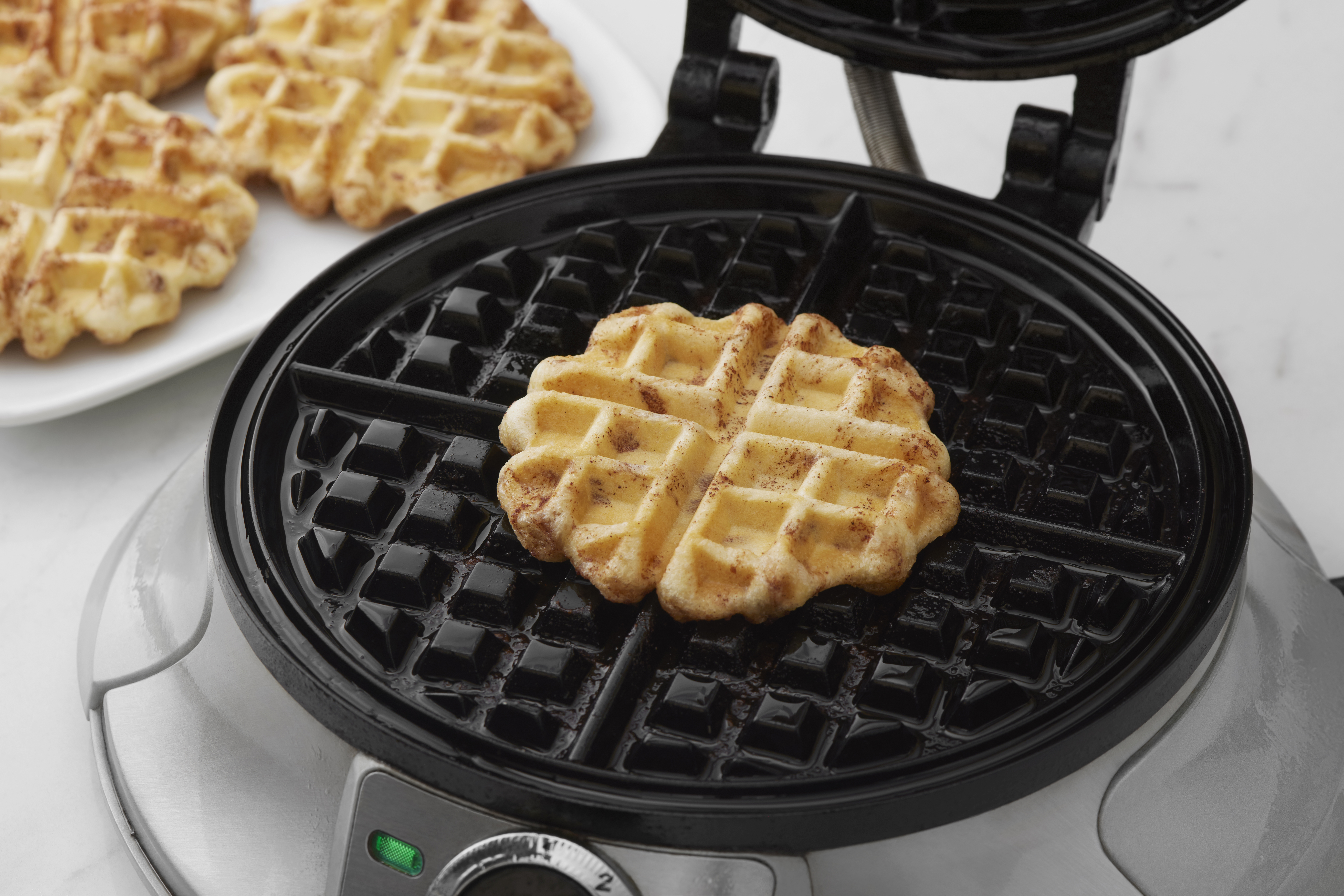
If there’s one thing you should know about Jefferson, it’s that he loved cool stuff from Europe. After a trip to Amsterdam, he brought back waffle irons.
We can’t say for sure whether he’s directly responsible for introducing waffles to America. However, he definitely helped to popularize them with the public.
His family continued to make waffles after his death, too. Waffle recipes from his grandchildren have been found at Monticello (probably using those same irons).
Thomas Jefferson’s Tofu
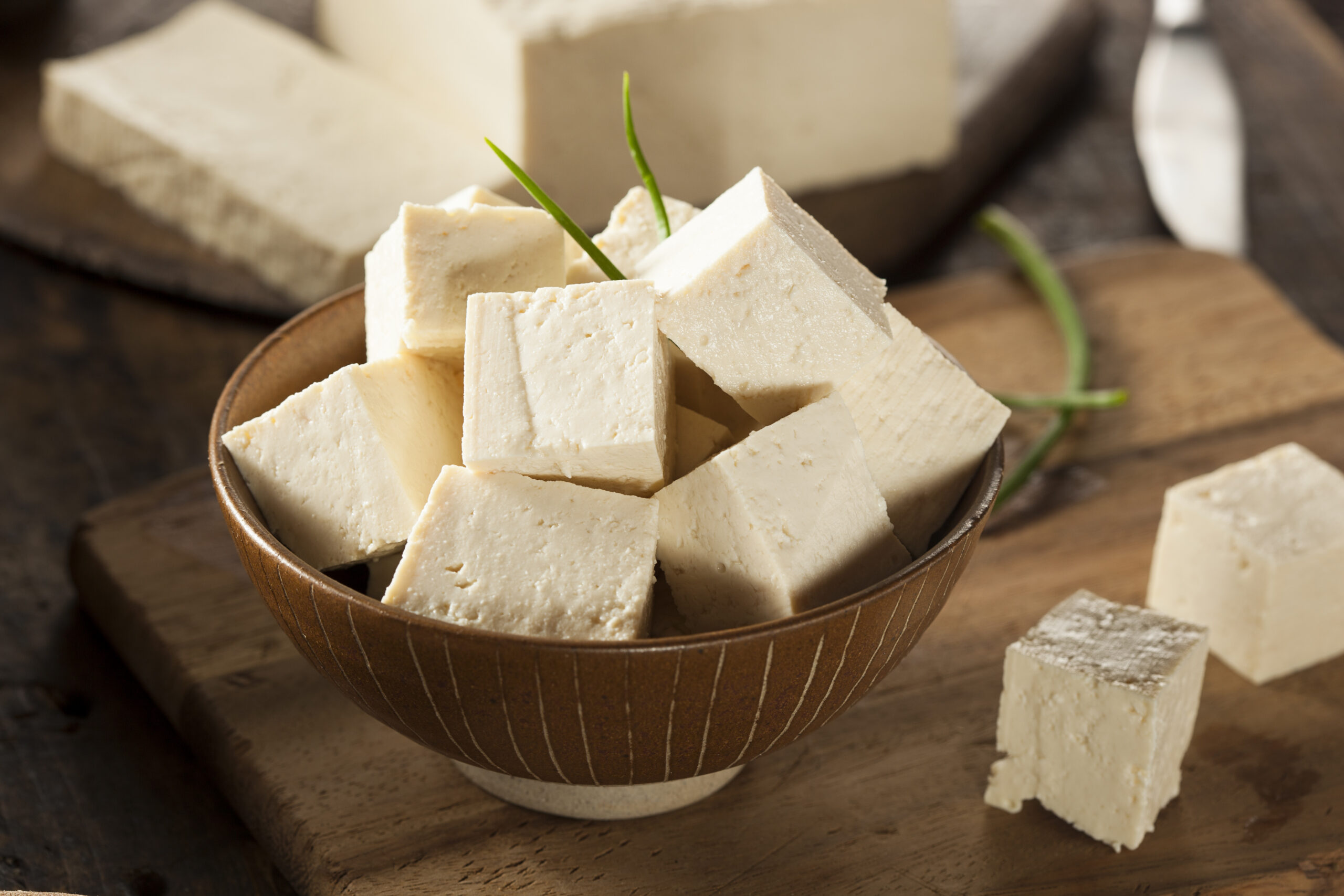
We don’t know about you, but tofu definitely doesn’t remind us of colonial America. It reminds us a lot more of modern-day vegetarian recipes.
Still, those recipes had to get their start somewhere! Although we’d be lying if we said we weren’t surprised that they started with a Founding Father.
After returning from his travels, Jefferson brought back a tofu recipe, among other vegetables not yet introduced to America. Do you know who else liked tofu? Benjamin Franklin!
He Liked Pineapples
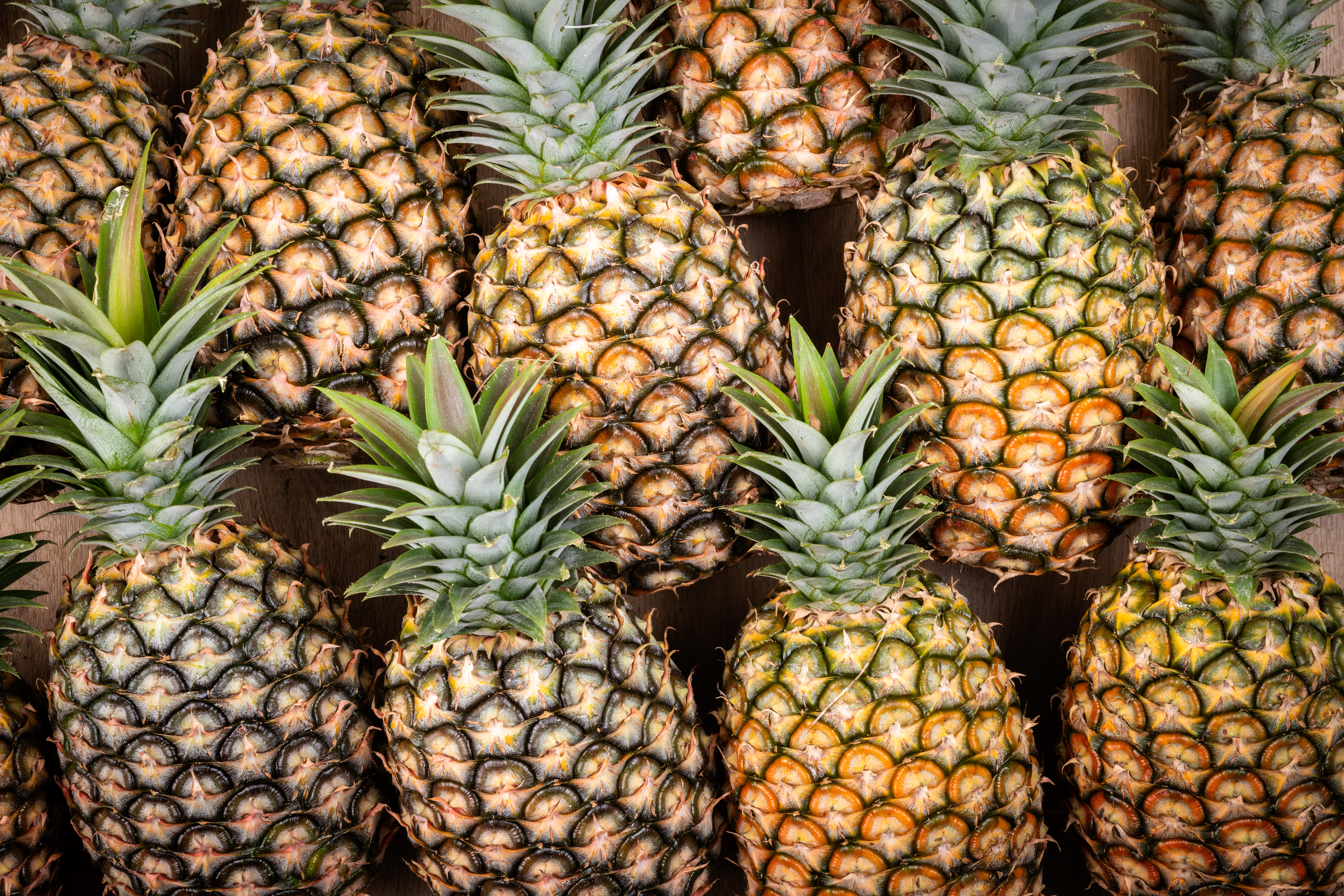
Among Jefferson’s favorite fruits was the pineapple! Unlike his other favorites, which mostly came from Europe, pineapples are actually indigenous to the Americas (South America, to be specific).
Nowadays, we’re used to snacking on pineapple chunks. However, back in colonial America, pineapples had a different purpose: decoration. Wealthy families would often display pineapples at parties.
There’s no telling if Jefferson partook in this practice or not. We do know that he liked to eat pineapples, though, which would’ve made him stick out.
Cabbage Pudding?!
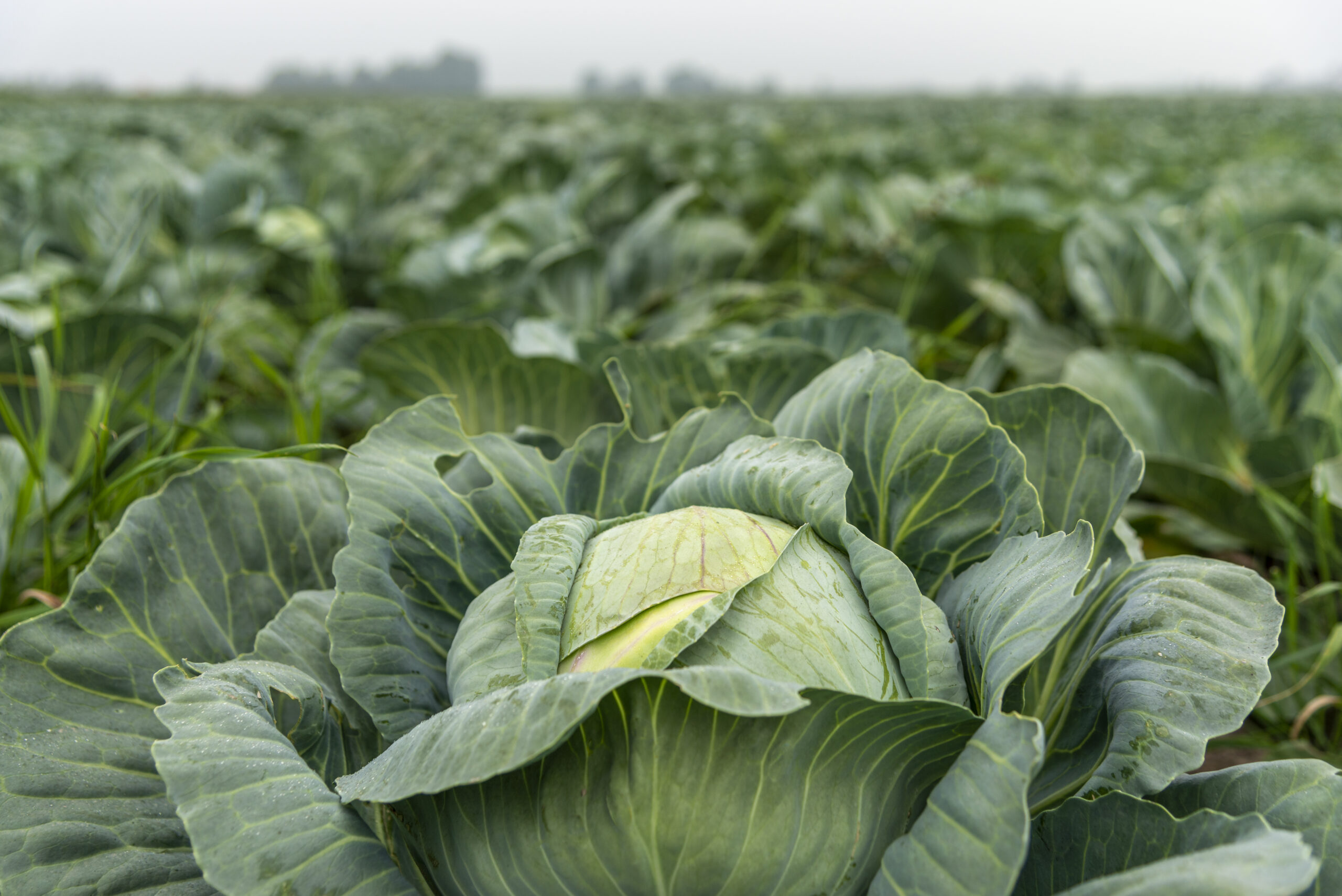
We’d rather stick to vanilla pudding, thank you very much. Apparently, one of Jefferson’s favorite recipes at Monticello was for cabbage pudding. Thankfully, it’s meant to be savory.
We don’t think we could handle a a cabbage pudding if it was meant to be sweet. It’s made with lean beef, onions, and suet.
Salt, pepper, and herbs are used for flavoring. Eggs and bread are used to thicken the meal, which is then boiled for over two hours.
Pecans for George Washington
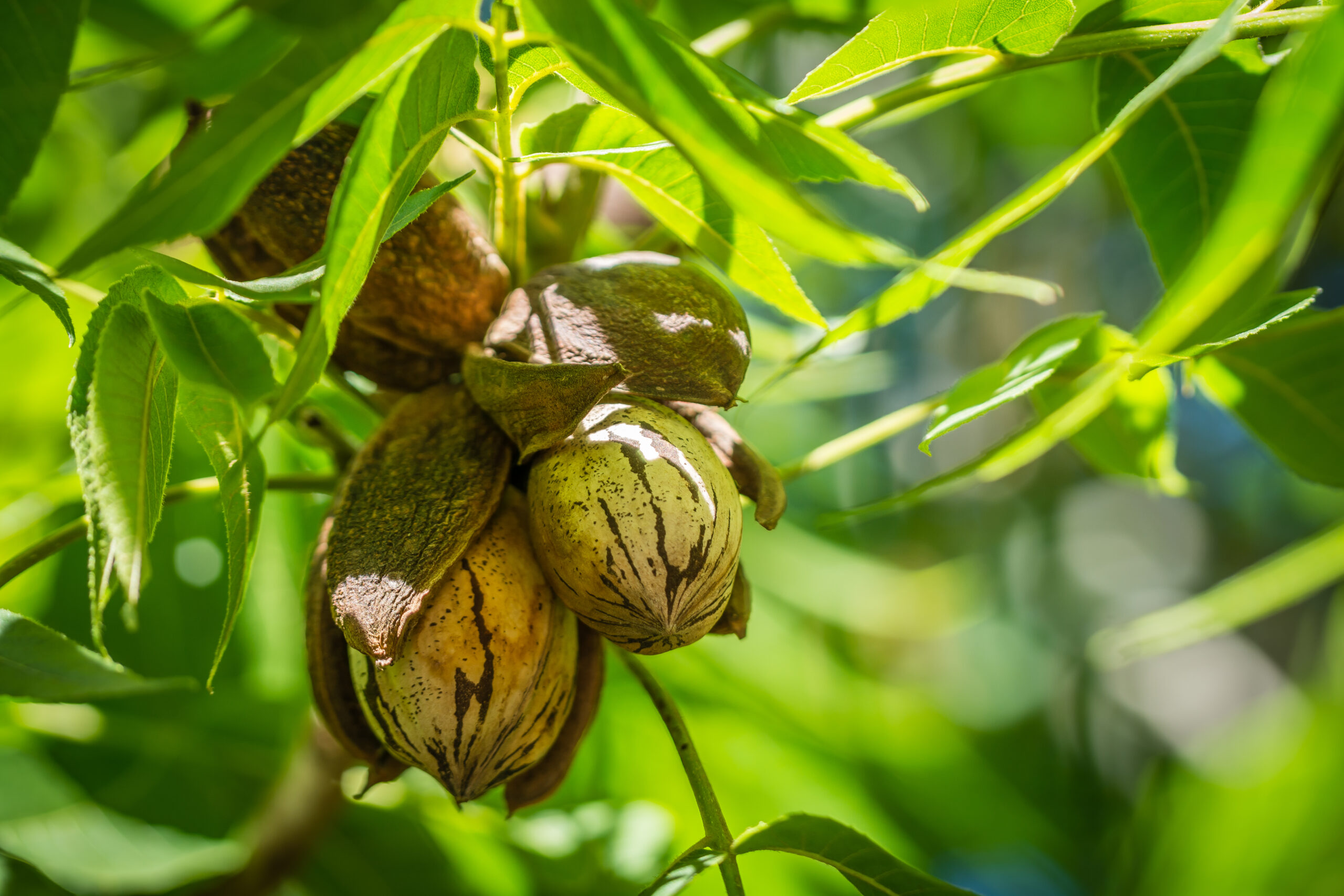
Pecan trees are actually native to the American South and are still popular there today. It’s only natural, then, that Jefferson would have a taste for pecans.
At Monticello, he planted over a hundred pecan trees. He didn’t stop there, however. He also sent seeds to George Washington to plant at Mount Vernon.
This was actually way before either became president. By the time both of their presidencies were over, pecan trees were grown in droves.
Nutty Rice

Pecans weren’t the only tree nuts Jefferson liked. Apparently, he was also a fan of pistachios and tree nuts, which he ate with rice.
One of the recipes that James Heming often made for him involved these nuts: a pilau/pilaf. We should give more credit to Heming for this than Jefferson.
The dish he cooked has roots in East Africa. What separates a pilaf from any other rice dish is that it’s cooked in broth.
Mad About Madeira
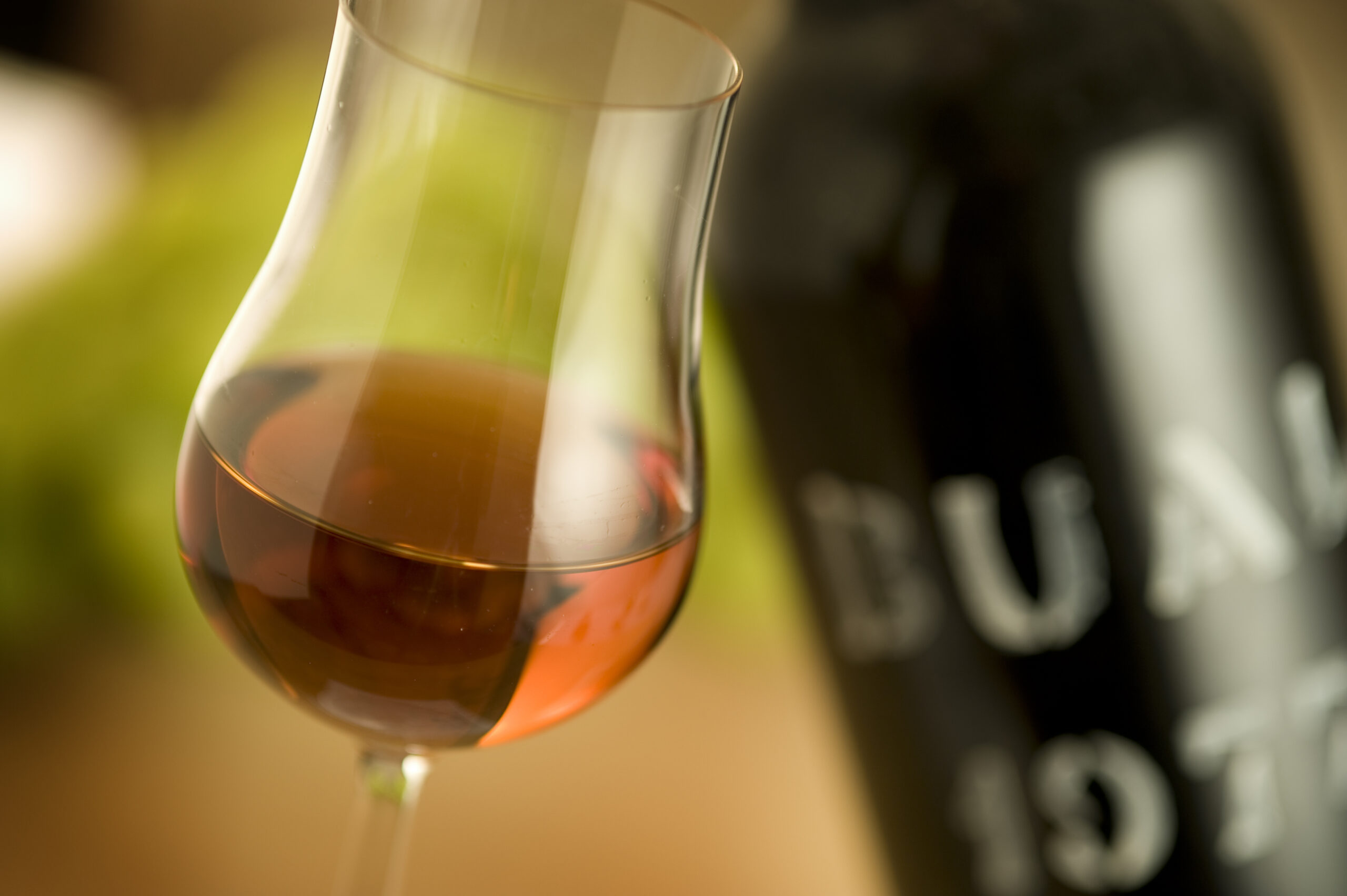
Alright, you know that Jefferson was a wino, but what kind of wine did he think was best? Apparently, he was absolutely mad about Madeira.
He liked drinking it, of course, but he also liked to cook with it. (Well. He liked it when other people cooked with it for him).
There are records at Monticello of a Madeira-filled French recipe Jefferson jotted down himself. It involved cooking squab (a baby pigeon) with Madeira, mushrooms, onion, carrots, and bacon.

